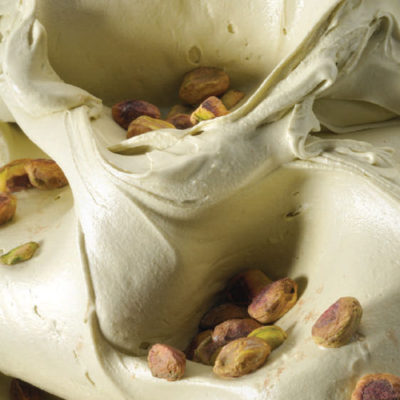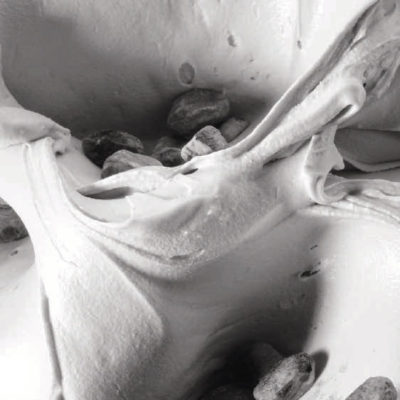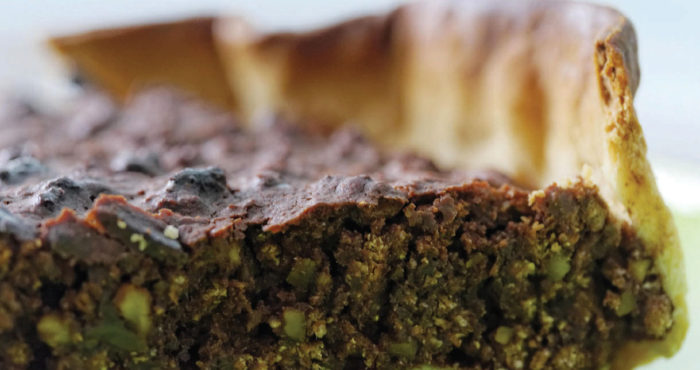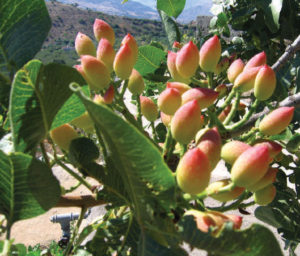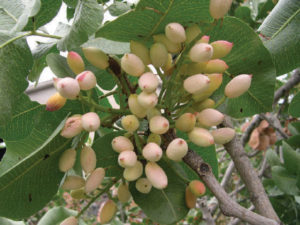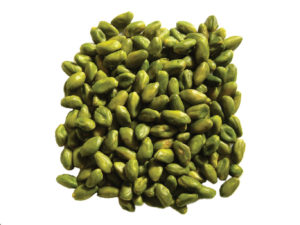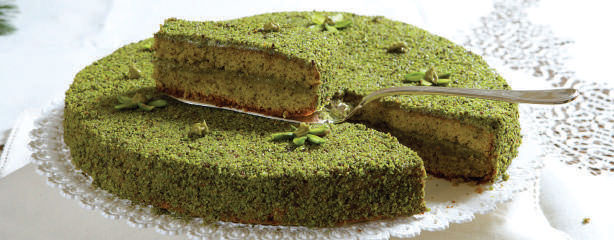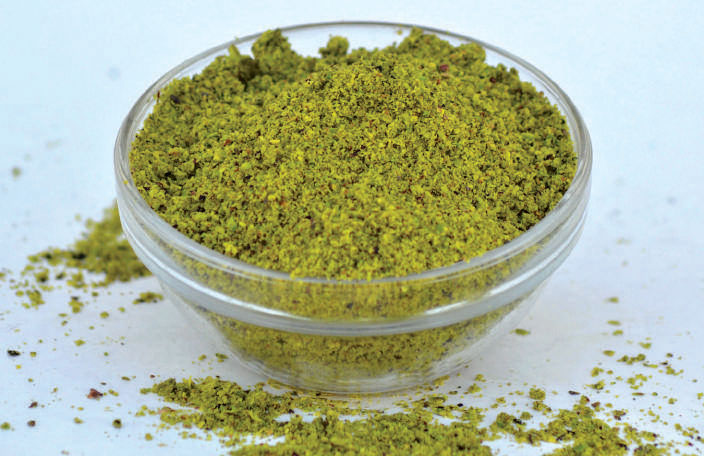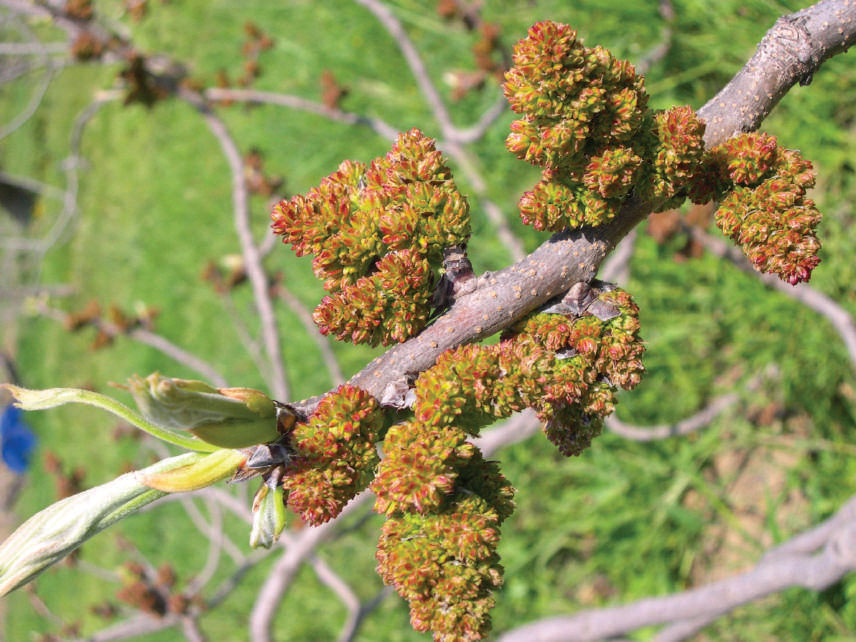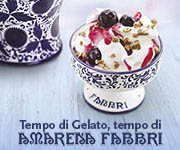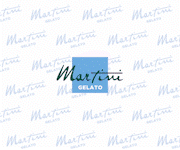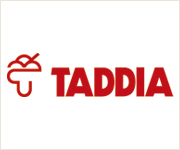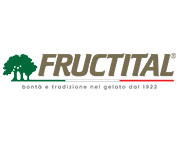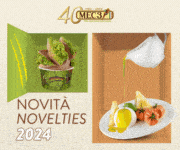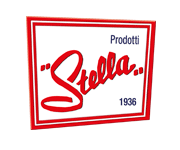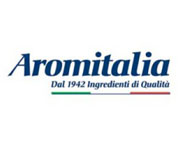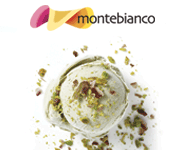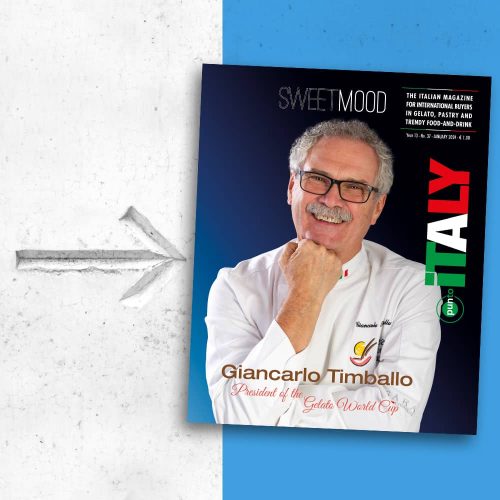A THOUSAND VIRTUES
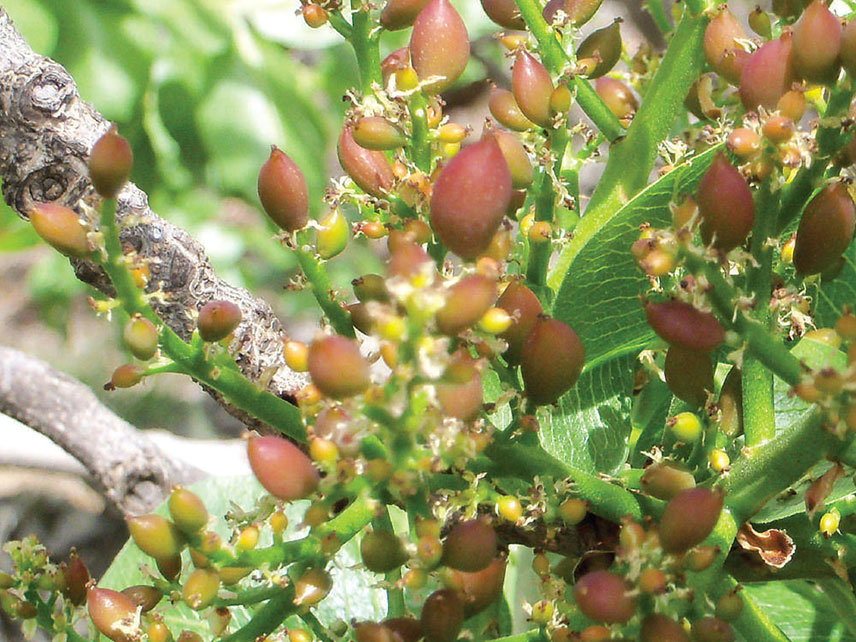
Italy is one of the most famous countries for the production of pistachios in the well-known variety of Bronte, a small town at the foot of Etna.
A symbol of Sicilian cuisine and pastry, the pistachio arrived in Sicily with the Arabs and found a home in the territory of Bronte, at the foot of the volcano, where the lava soil allows the plant to thrive.
Green gold, as it is often called, is harvested every two years, so that the tree can absorb those nutritive properties from the earth that allow its nuts to release the scents and aromas that make them unique.
To enhance them and make sure that the essential oils that give them crispness and aroma are released, they are toasted, paying particular attention to the temperatures.
Beside being used in pastry and in the kitchen, they are just as tasty when eaten alone.
In fact, they are an important source of antioxidants and polyphenols and help to reduce the levels of bad cholesterol in the blood, raising the good cholesterol.
Rich in vitamin E and carotenoids, pistachios fight the action of free radicals, protect skin, eyesight and counteract high blood pressure.
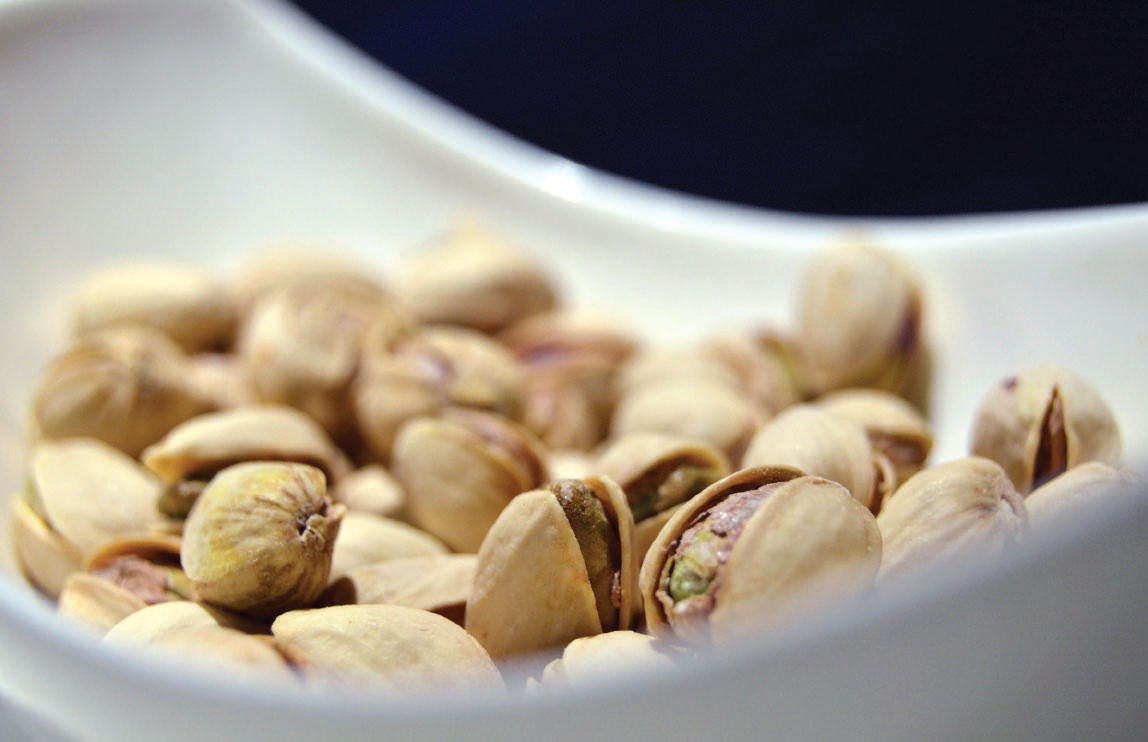
A PDO brand
With over 3,000 hectares of dedicated cultivation (equal to 86% of regional pistachio groves), Bronte is the leading Italian producer of pistachios.
In June 2009 its pistachio obtained PDO product recognition with a European Union certification. Since then it has been identified and protected against abuse and counterfeiting with theEuropean Community symbol reproduced on its packaging and labels.
Full details
The most prized variety is grown in Bronte and Andrano, on the slopes of Etna, even if the largest producers are Iran, California, and Turkey.
However, the Sicilian variety has received the certification of Protected Designation of Origin – PDO.
The pistachio tree, whose scientific name is “Pistacia vera”, was cultivated in the Middle East in ancient times.
The plant has a very long life (from 200 to 300 years) and is quite robust. It is a strong shrub that does not suffer heat, wind, drought or saltwater, water, has roots capable of breaking rocks and stones in order to open up a growth path evenin the most arid and uncultivated lands. In fact, in Sicily it is called “spaccasassi” (rock splitter).
This explains all the energy that is enclosed in the fruit.
Normally we eat the seed that is dried, toasted and sometimes salted.
Compared to other varieties grown in the Mediterranean and the USA, the Bronte pistachio has characteristics that make it unique in the world.
The main difference is the uniformly bright green colour of its body, as well as its pronounced aroma for which it is undoubtedly preferred for the manufacture of nougats, confectionery products and gelato, but also of cured meats and fine savoury foods.
Its uniqueness is not only the result of its particular natural habitat, but also of the cultivation techniques that the farmers of Bronte have handed down from generation to generation.
The nuts are harvested once every two years, between August and September, and is still done by hand.
The branches are struck with rods and the nuts rain down on sheets spread on the ground.
The following year the trees are left to rest and the buds are removed by hand.
This green pruning – a tradition that is lost in the mists of time, probably dating back to the Arab domination – is evidence of a culture according to which, thanks to the period of rest, the plant absorbs the substances necessary to produce a nut that is richer in aromas and full of unmistakable flavours.
Pretty much everywhere
Thanks to its aromatic and pleasant flavour pistachios have always been a key ingredient in refined recipes, both sweet and savoury.
They are used in fillings to flavour game, fish, soups, to prepare condiments (very popular pasta with pork belly, cream and pistachio nuts) and pesto.
Pistachio paste is very common in pastry for the flavouring of creams, leavened desserts and gelato.
Some of the best known recipes include pistachio cake made with sponge cake layered with chocolate, pistachio pastes made using the same procedure as for almond paste, and “filletta”, the traditional Bronte sweet garnished with the precious nut.
Chopped pistachios are used mostly in the south of Italy for the decoration of cannoli, cassata, pastas, and cakes.
They are commonly used in nougat and brittle, as a garnish for chocolates, for snacks and chocolate bars garnished with dried, dehydrated, and candied nuts.
You can also find pre-packaged pistachio milk, but you can make it on your own by flavouring almond milk with toasted pistachios, to be blended and poured the next day, or you can flavour fresh milk with pistachio paste to make smoothies and coloured coffees.
International recipes
Pistachios have become a fundamental ingredient of many traditional recipes throughout Europe. In northern Germany, for example, the inhabitants of Lübeck, who have made marzipan a sweet symbol for their city, add almonds and pistachios to the filling.
The magical mixture has been produced since 1800 in the historic factory of Niederegger, in a race of quality that creates a tacit competition between Sicily, with its martorana fruit, and the northern city.
France uses pistachios to create cakes, sweets, gelato, to fill and decorate chocolates, as well as to soften the flavours of its cured meats with a note of almond. And then there are Switzerland and Belgium, the other two praline kingdoms, which use pistachios to enrich a thousand different chocolate specialties.
Recent Blog Posts
 Medac and AIFA: Hip hip hooray for Charles!
Medac and AIFA: Hip hip hooray for Charles! Sigep 2024 - Carpigiani’s special events with a look at the “green” future of Gelato and pastry
Sigep 2024 - Carpigiani’s special events with a look at the “green” future of Gelato and pastry Maurizio Manzi, as Ambassador for AIG, at the Melbourne Italian Festa
Maurizio Manzi, as Ambassador for AIG, at the Melbourne Italian Festa Medac awarded with the EcoVadis gold medal
Medac awarded with the EcoVadis gold medal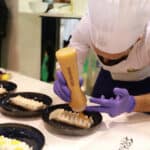 MIG Longarone and SIRHA Budapest: a new dynamic space for italian gelato
MIG Longarone and SIRHA Budapest: a new dynamic space for italian gelato Medac supports Alice Italian Food Academy
Medac supports Alice Italian Food Academy The Gelatissimo 2024 online ticket office is officially open.
The Gelatissimo 2024 online ticket office is officially open. Casa Optima Group looks for two exclusive agents
Casa Optima Group looks for two exclusive agents Gelatissimo 2024: here the first information
Gelatissimo 2024: here the first information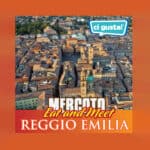 Ci Gusta opens a new store into the “Il Mercato Eat&Meet” in Reggio Emilia
Ci Gusta opens a new store into the “Il Mercato Eat&Meet” in Reggio Emilia

